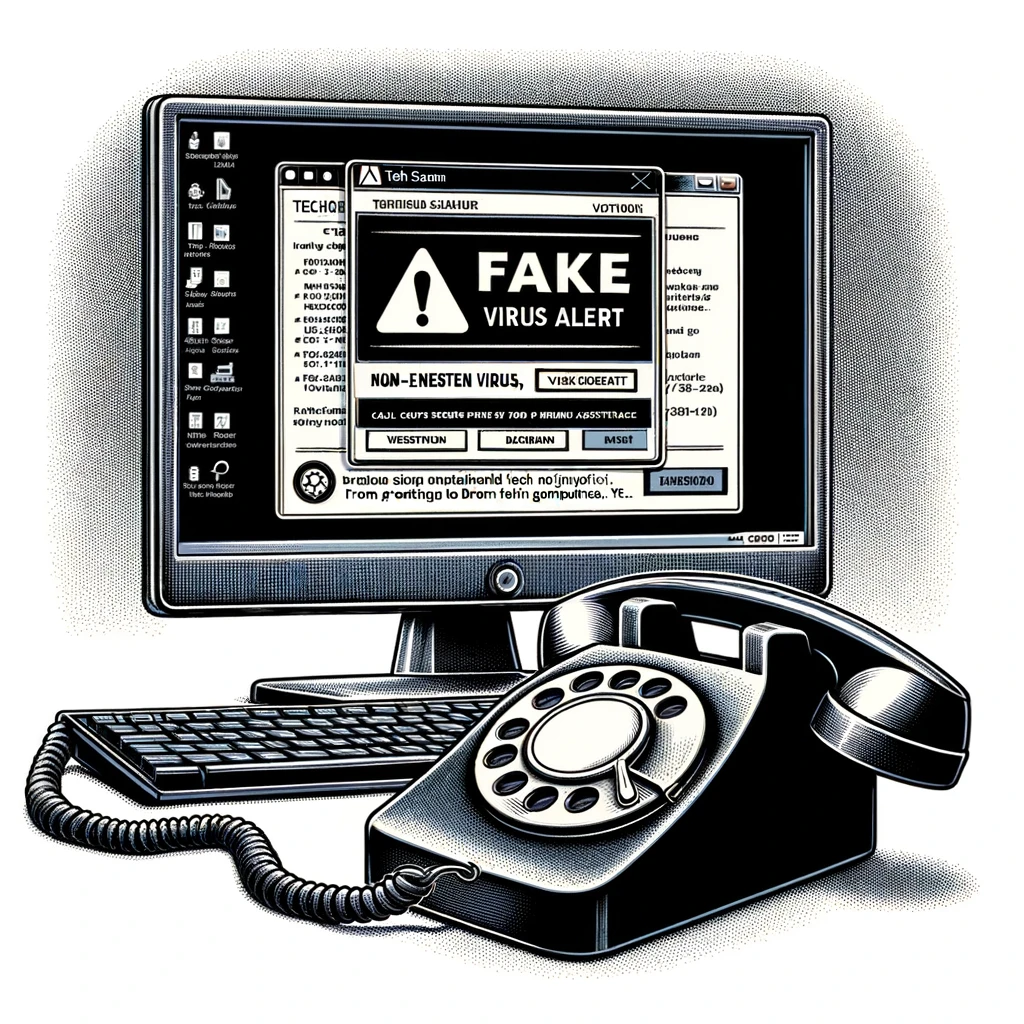Let’s discuss how Mr IT can help Melbourne with identifying tech scams. Today, we’re diving into the murky waters of tech scams and how to steer clear of these digital traps that threaten our online security.
Recognizing the Red Flags of Tech Scams
In our bustling city, it’s crucial to stay vigilant against cunning tech scammers who prey on unsuspecting computer users. Here’s how to spot their sneaky tactics before they strike:
The Scam Scenario:

- Unexpected calls from supposed tech support claiming to be from reputable companies like Microsoft.
- Intrusive pop-ups alleging virus infections on your system.
- Urgent requests to download suspicious software for “fixing” non-existent issues.
Taking Action Against Tech Scammers
When faced with a potential tech scam, follow these proactive steps to safeguard your digital assets and personal information:
1. Stay Calm, Stay Safe:
- Avoid engaging with scammers; simply hang up to protect yourself.
- Remember, legitimate companies like Microsoft will never initiate unsolicited calls.
2. Responding to Pop-Up Alerts:
- Immediately run an anti-virus scan instead of interacting with the pop-up or contacting the provided number.
Recovering from a Tech Scam Incident

If you’ve unfortunately fallen victim to a tech scam, don’t fret. Take these measures to mitigate the damage and regain control:
- Contact your financial institution promptly to reverse unauthorized charges and secure your accounts.
- Reach out to Mr. IT for expert assistance in fortifying your system against future breaches and ensuring your peace of mind.
Trust Mr. IT for Reliable Tech Support in Melbourne
At Mr. IT, we’re dedicated to safeguarding the digital well-being of our fellow Melburnians. Count on us for expert guidance, prompt solutions, and unwavering support in navigating the ever-evolving landscape of cyber threats.Stay informed, stay protected, and remember: Mr. IT is here to keep Melbourne safe from tech scams!
